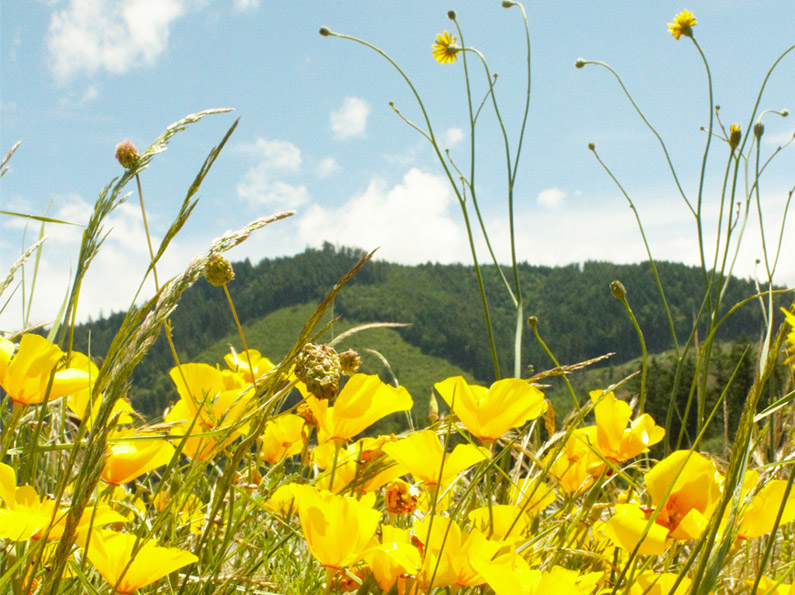Ah, Spring! For Oregonians, it means seeing the sun for the first time in perhaps several months. For many, it means returning to the outdoors after months of relative hibernation. Also for those that enjoy gardening, it means a return to planting, pruning and cultivation. But wait, what is all this stuff in the air? Yellow dust, covering the car in the morning? Why are my eyes watering, my nose running, and I am sneezing all the time?
For those with seasonal allergies, Spring can have an entirely different meaning. With the budding of trees and pollination starting, those who are sensitive to tree allergens, in particular, can have a difficult time in this season. But what causes them?
Causes of Seasonal Allergies
Many people are surprised to learn that they can develop allergies at any time in life. The common phrase we hear in the doctor’s office is “but I don’t get allergies“. Common triggers include moving to a new region, however, it often takes allergies 1-4 years to develop after arriving somewhere, because the body develops the sensitivity over time. A second wave of seasonal allergies is usually noted for a different subset of patients in the summer and fall when grasses and annual weeds and crops began to pollinate.
Seasonal allergies, as they are commonly called, develop because of a reaction in the body to a foreign substance. Most people who encounter these particles, such as pollen or pet dander, don’t particularly notice because their body does not react in the same way. But for allergy patients, the body releases a chemical called histamine in much larger quantities that create local swelling in the tissue and mucus production as the body tries to rid itself of these foreign particles. Unfortunately, this overactive response can be extremely uncomfortable especially for those who have more severe reactions.
Some people are more likely to develop allergies over a lifetime than others. There is a strong association between allergies, asthma or reactive airway disease, and eczema. Having 1 or 2 of these conditions increases the chance of having the third. They exist in a family of disease processes known as atopy and are characterized by a vigorous reaction to environmental irritants – most notably pollen in the spring. Other common allergies include pet dander or hair, dust mites, and mold.
Treating Symptoms of Seasonal Allergies
For those who suffer from seasonal allergies, the best treatment remains to avoid the triggers if you know what they are. Air conditioning can be helpful if used with a filter to remove airborne triggers.
Allergy testing is available with a simple blood draw. This can also be done through an allergy specialist and skin sensitivity testing for those with more severe symptoms. Several new medications exist today that can be purchased over-the-counter to help with symptoms. Nondrowsy antihistamines can be taken without many of the side effects of older medications. Additionally, intranasal steroid sprays are also available over-the-counter to help with symptoms. While these can provide better long-term relief, they need to be taken consistently for several days before they start to help significantly.
There are several other medications that may be prescribed by a physician to help with symptoms, and in extreme cases immunotherapy can be used to decrease sensitivity in patients with severe allergies that cannot be treated with conventional medications. So don’t lose hope. There is help for those of us with allergies that want to enjoy the warm weather with friends and family!
This article was written by Damon Armitage MD and originally featured in The Creswell Chronicle.

